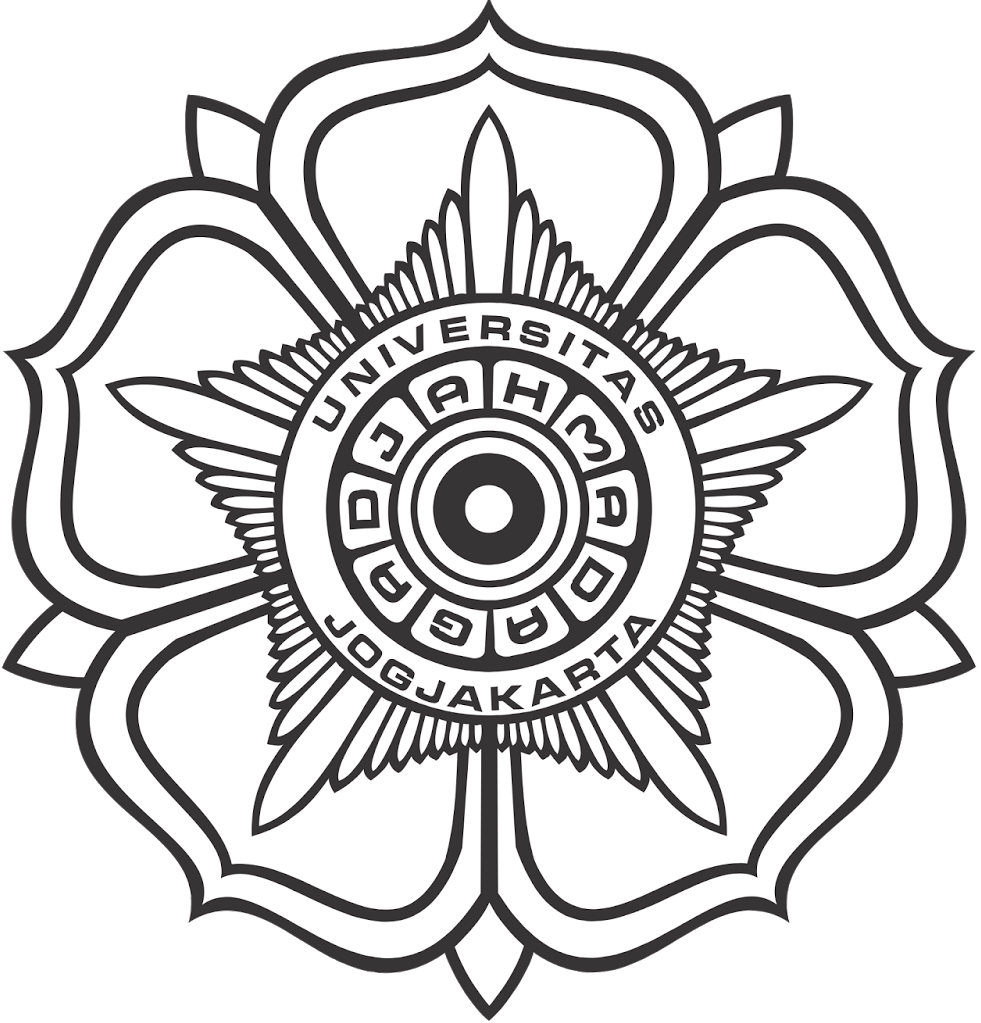The anticancer compound identification from chloroform extract of Rhizopora mucronata stem bark
Abstract
Previous reasearch reported that chloroform extract that was partitioned from etanol exctracts of R. mucronata stem bark had sitotoxic against Myeloma cells (Diastuti, 2008). This research was aimed to fractinate the chloroform extract of R. mucronata stem bark and cytotoxicity test againts Myeloma cells, then identification the cytotoxic compounds. The ethanol extracts of R. mucronata steam bark was partitioned with chloroform. The chloroform extracts was fractinated by coloum chromatography with gradient eluent were nhexane, chloroform, etilacetate and methanol respectivelly. Cytotoxicity test the fraction of chloroform extracts were conducted on Myeloma cells by MTT methods. Identification the compoud of fraction that had a highest cytotoxic againts Myeloma cells conducted using IR spectrometer, and GCMS. The result showed that 2b fraction of R. mucronata stem bark had a highest cytotoxic againts Myeloma cells, having IC50 equal to 5.122 µg/mL. Identification of chemical compounds showed that 2b fraction contained two steroid compounds were 4 methyl- colest-24-en-3-ol and 4-methyl-stigmast-22-en-3-ol.
Key words : R. Mucronata, anticancer, Myeloma cells, steroids
Full Text:
PDF 266-271References
Astuti, P., Alam, G., Hartati, M. S., Sari,D., and Wahyuono, S., 2005, Uji Sitotoksik Senyawa Alkaloid dari Spons Petrosia sp: Potensial Pengembangan sebagai Antikanker, Majalah Farmasi Indonesia, 16(1), 58-63.
Dean, M., 1998, Cancer as a Complex Development Disorder, Cancer Res, 58, 4543-4545
Diastuti, H., and Suwandri, 2009, Fraksinasi dan Identifikasi Senyawa Antikanker Ekstrak Kulit Batang Rhizopora mucronata serta Uji Toksisitasnya terhadap Larva Udang (Artemia salina Leach), Molekul, 4(2),1-10.
Diastuti,H., Warsinah, and Purwati, 2008. Isolasi Senyawa Bioaktif sebagai Bahan Antikanker pada
Tanaman Rhizopora mucronata, Laporan Penelitian Hibah Bersaing I, Unsoed, Purwokerto.
Finney, D.I.Ed., 1952, Probit Analysis, Cambridge University Press, Cambridge, England.
Hesse, M., Meier. H., and Zeeh, B., 1997, Spectroscopic Methods in Organic Chemistry, George Thieme Verlag Stuttgart, New York.
Meiyanto,E., Sismindari, Kusnandar L.C., and Moordiani, 2003, Efek Anti Proliferatif Ekstrak Etanol Daun dan Kulit BatangTanaman Cangkring (Erythrina fusca Lour) terhadap Sel HeLa, Majalah Farmasi Indonesia, 14, 124-131.
Mosmann, T., 1983, Rapid Colorimetric Assay for Cellular Growth and Survival: Application to Proliferation and Cytotoxicity Assays, J. Immunological Methods, 65, 55-63.
Mursyidi, A., 1985, Statistika Farmasi dan Biologi, Ghalia Indonesia, Jakarta
Soetarno, S., 2000, Potensi dan Manfaat Tumbuhan Mangrove sebagai Sumber Bahan Bioaktif, Acta Pharmaceutica Indonesia, 12(4), 84-103.
Sarker, S.D., Latif, Z., and Gray, A.I., 2005, Natural Product Isolation, Methods in Biotechnology, 20, 1-25.
Tantry, M.A., 2009, Plant Natural Product and Drugs : A Comprehensive Study, Asian Journal Traditional Medicines, 4(6), 241-249.
Wyllie, A., Donahue, V.,Fisher, B., Hill, D., Keesey, J. and Manzow, S., 2000, Cell Death Apoptosis and Necrosis, Rosche Diagnosis Coorporation, New York.
DOI: http://dx.doi.org/10.14499/indonesianjpharm0iss0pp266-271
Refbacks
- There are currently no refbacks.
Copyright (c) 2017 INDONESIAN JOURNAL OF PHARMACY

This work is licensed under a Creative Commons Attribution-ShareAlike 4.0 International License.
Indonesian J Pharm indexed by:







































